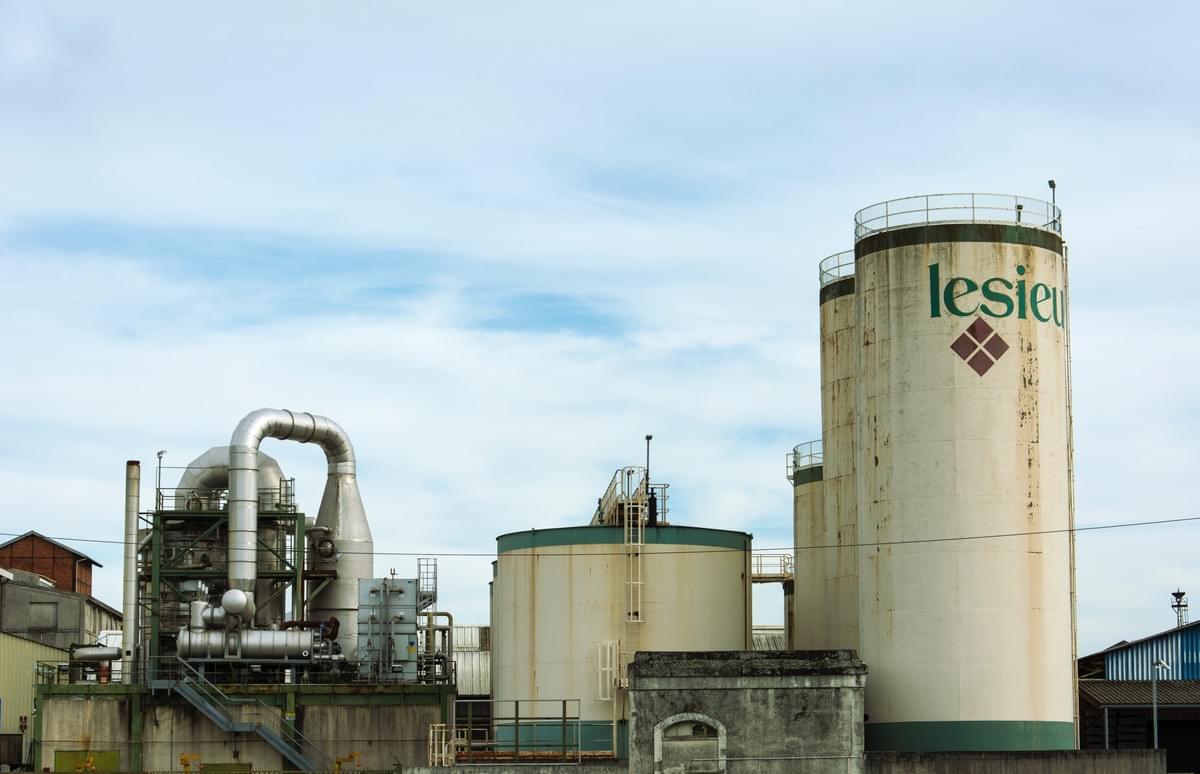Oil's Cost of Doing Business
In July of 2015, the price of crude oil per barrel dropped to $59.95, a 42% decrease from its price of $104.16 per barrel price just a year prior. By January of 2016, crude oil prices had reached their lowest point since 2001, hitting $35.87 per barrel. Accordingly, 95,000 people have lost their jobs in the oil industry since 2014. However, with large oil producers like Exxon, Shell, and BP reporting positive net income, by just how much have oil producers with large operations in the US lowered their cost of operation?

According to the financial 10-Ks disclosed on the SEC, Exxon has lowered its operating expenses by 39% from 2014 to 2016, a reduction of around $130 billion. Exxon decreased their expenses steadily, going from $330,681,000,000 in 2014 all the way down to $199,692,000,000 in 2016. From 2016 to 2017, however, as the price of oil rose again (from $35.87 in January 2016 to $54.98 in January 2017), Exxon’s operating expenses increased by 11%. Exxon’s net income almost tripled that year (from $7,840,000,000 to $19,710,000,000).

Likewise, Shell was able to reduce its operating expenses by $167,433,000,000 from 2014 to 2016 ($398,079,000,000 in 2014 to $230,646,000,000 in 2016), a 42% decrease. As with Exxon, Shell’s operating costs increased by 25% from 2016 to 2017, as its net income tripled that year (from $4,777,000,000 to $13,435,000,000).
BP had astonishing numbers: a 48% decrease in operating expenses from 2014 to 2016 as well as a 28.3% increase in operating costs from 2016 to 2017, as its net income increased by a factor of 28(!) in that year alone.
The trend becomes clear: operating expenses move in the same direction as the price of crude oil; as the oil prices drop, oil giants must find ways of reducing operating costs. Once the prices go back up, the giants can afford to increase their operating costs by a fraction of their increase in profitability.

There are many ways of achieving a reduction in operating expenses. Job termination is the most likely method used, evident at BP, who announced in 2016 that it was cutting 7,000 jobs. Delaying expensive capital expenditures has been another popular method of reducing current expenses, as evidenced by all of the majors slashing their CapEx budgets by up to 50%. Finally, these companies have been playing with the concept of cloud-based infrastructure. Hege Wroldsen, the IFS Global Industry Director for Oil and Gas, said that the companies that will survive the drop in crude oil prices are those “that know how to leverage enabling technologies like cloud and mobility, to help automate and optimize processes and apply analytics to improve operations out.”
Looking into the future, drones will be able to conduct inspections of hard-to-reach equipment and assets, which will significantly lower these companies’ costs of labor, according to BP’s Technology Outlook 2018.
Read more from RebellionResearch.com:
Why a Machine Learning Investment?
Supersonic Travel: The Future of Aviation
Interview with Astronaut Scott Kelly: An American Hero
What is the Inventor of Amazon's Alexa Doing Now?
AQUAPONICS: How Advanced Technology Grows Vegetables In The Desert
A New Breed of Airline Looks to Take the World by Storm!
$91 Million for a Pair of Gloves: Chelsea Leads Global Sports' Spending Spree
The World Cup Does Not Have a Lasting Positive Impact on Hosting Countries…
Baseball Attendance Keeps Falling
Derek Jeter is Facing up to Half a Billion Dollars of Losses on the Miami Marlins
On Black Holes: Gateway to Another Dimension, or Ghosts of Stars’ Pasts?
Are Derek Jeter & the Miami Marlins Going to Face a Cash Crunch?
Written by Jeremy Kattan, Edited by Rachel Weissman & Alexander Fleiss